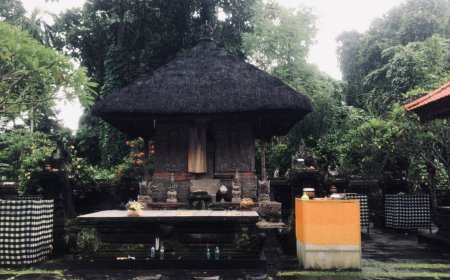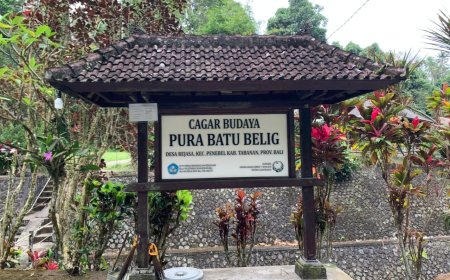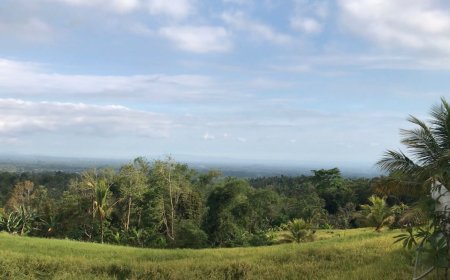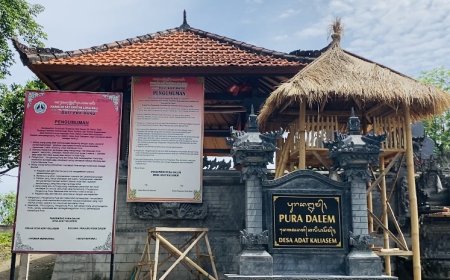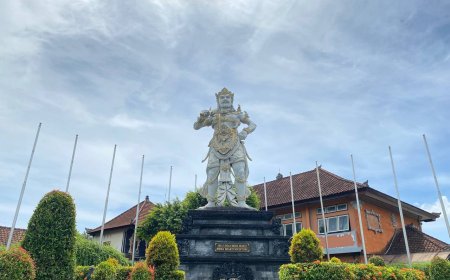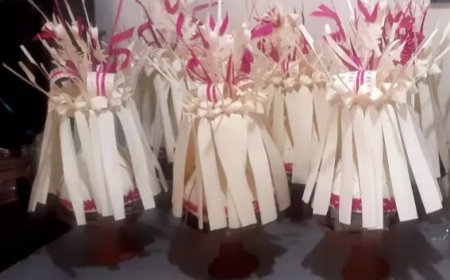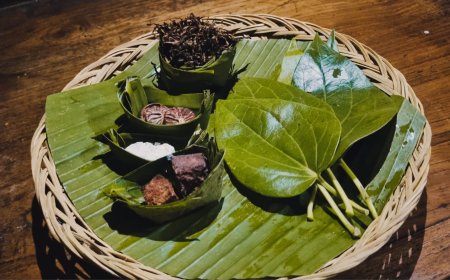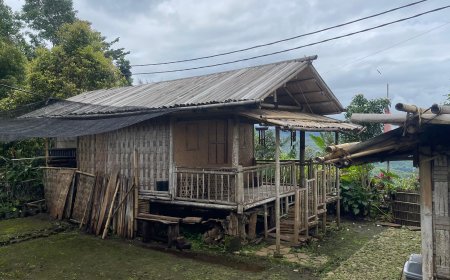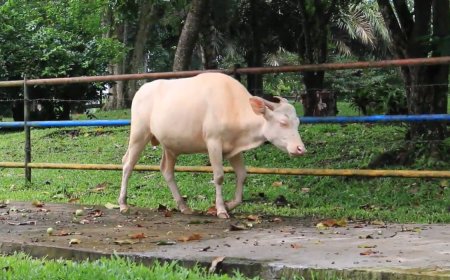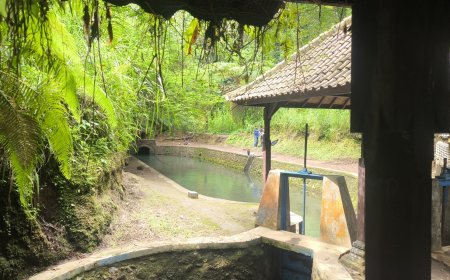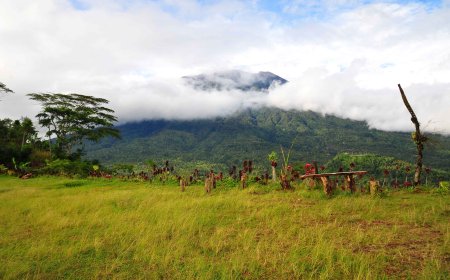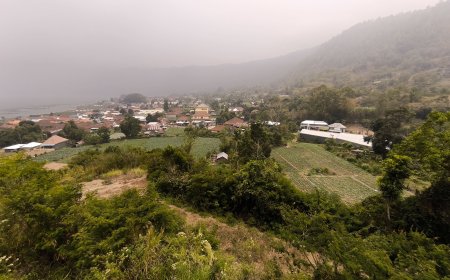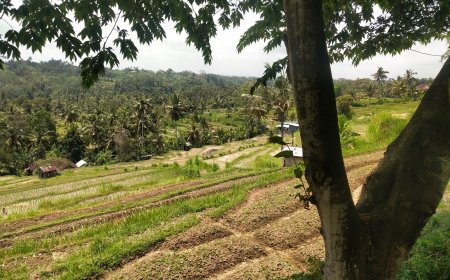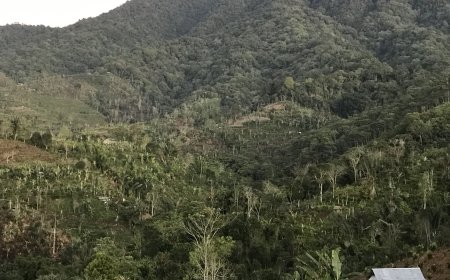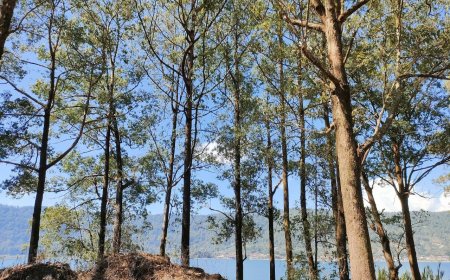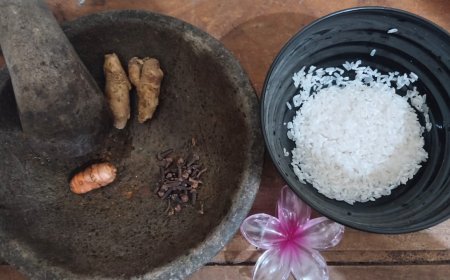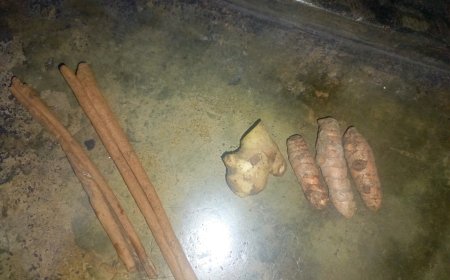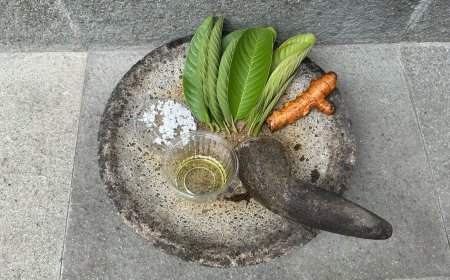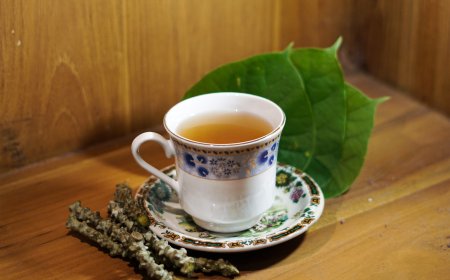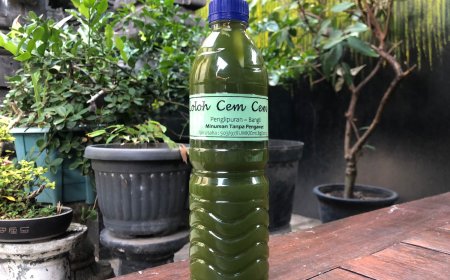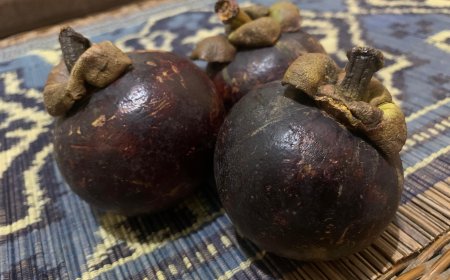Saga Leaves: Hidden Benefits for Digestion and a Stronger Immune System in Lontar Taru Pramana
Saga leaves (Abrus precatorius) are herbal plants recorded in the lontar Taru Pramana, a classic manuscript of traditional Balinese medicine, as a natural remedy for various health issues, including digestive problems, respiratory conditions, and immune system support. Enriched with active compounds such as flavonoids, saponins, and alkaloids, these leaves possess antioxidant, anti-inflammatory, and antibacterial properties, making them a valuable heritage in traditional medicinal knowledge.
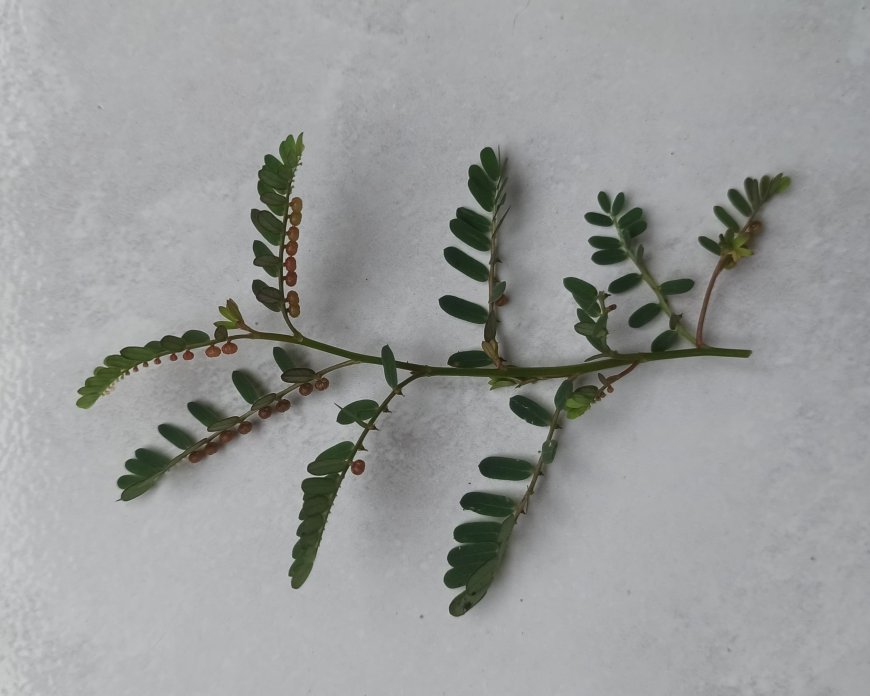
Saga leaves (Abrus precatorius) are wild plants commonly found in tropical regions, including Bali. This plant features small, neatly arranged leaves resembling feathers along its stalk. In traditional Balinese medicine, recorded in the lontar (ancient palm-leaf manuscript) Taru Pramana, saga leaves are known for their efficacy in addressing various health issues. This lontar is a classic Balinese manuscript that describes various herbal plants and their uses for treating numerous ailments. One of the plants mentioned in the manuscript is saga leaves, which are beneficial for alleviating digestive problems, boosting the immune system, and addressing respiratory issues such as cough, sore throat, and mouth ulcers.
Saga leaves (Abrus precatorius) are rich in active compounds such as flavonoids, alkaloids, and saponins, which provide a range of health benefits. Their antibacterial properties help combat bacteria like E. coli, Staphylococcus aureus, and Streptococcus mutans, which often cause oral infections like toothaches and swollen gums. Additionally, saga leaves are effective in maintaining oral hygiene and preventing more serious dental and gum issues.
Beyond their antibacterial capabilities, saga leaves are also effective for treating mouth ulcers. Their saponin content helps reduce inflammation and pain, accelerating the healing of oral wounds. Furthermore, the antioxidant compounds in these leaves aid in controlling blood pressure, supporting heart health, and reducing the risk of hypertension when paired with a healthy lifestyle that includes exercise and a balanced diet.
Another benefit of saga leaves is their ability to relieve digestive disorders, particularly gastritis. They help lower stomach acid levels, alleviating symptoms like nausea, bloating, and stomach pain, while accelerating the healing of stomach inflammation. With its broad range of benefits, saga leaves serve as an effective natural herbal remedy for supporting overall health.
Saga leaves are also a versatile herbal ingredient that can be processed into beneficial herbal beverages, such as tea, to maintain health and soothe respiratory issues. Here are the steps for making saga leaf tea:
1. Prepare the Necessary Ingredients:
a) A few fresh saga leaves, thoroughly washed. These are the main ingredient containing beneficial active compounds for the body.
b) 2 glasses of water. Use boiled or clean mineral water for the best results.
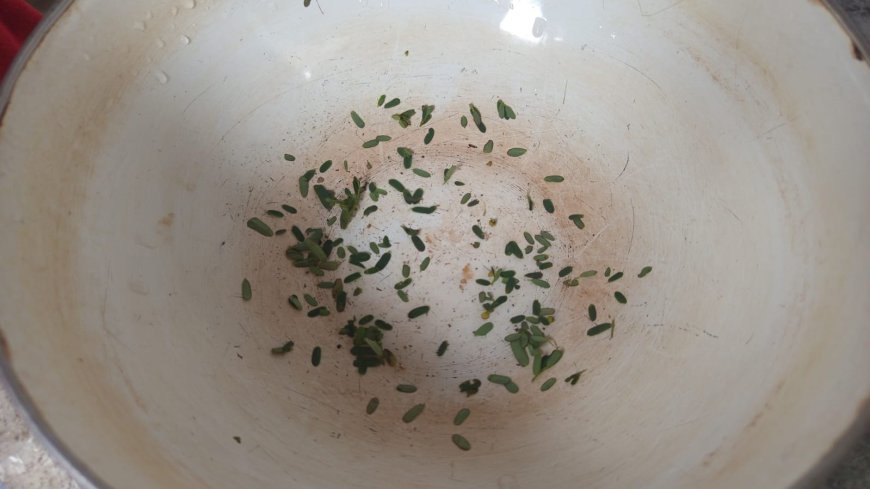
Cleaned Saga Leaves (Source: Personal Collection)
2. Boil Water Until It Reaches a Rolling Boil:
Pour 2 glasses of water into a pot and heat it until it boils. This process is crucial for fully extracting the essence of the saga leaves.
3. Add the Saga Leaves to the Boiling Water:
Once the water is boiling, add the cleaned saga leaves to the boiling water. Allow the ingredients to steep for 5–10 minutes so that the active compounds and flavor are fully released.
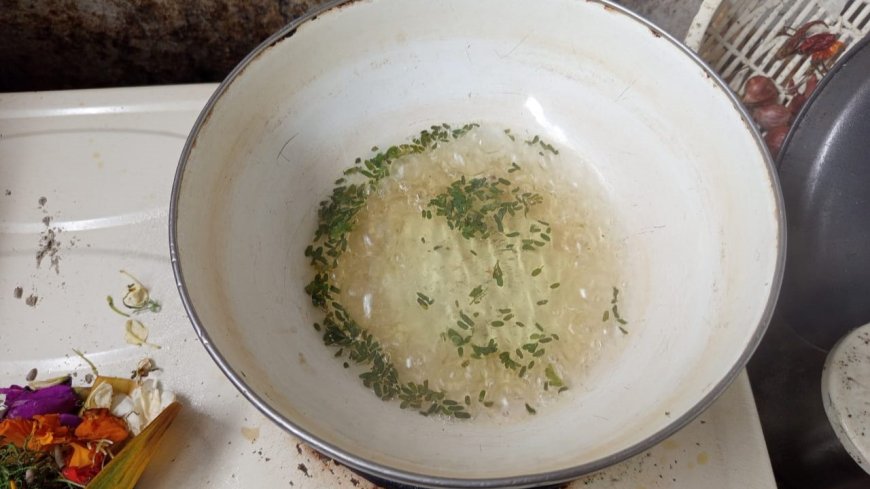
Boiling Process of Saga Leaves (Source: Personal Collection)
4. Strain and Serve:
After boiling, strain the water to separate the saga leaves from the beverage. Pour the tea into a glass and serve it warm. This saga leaf tea can help relieve digestive issues, boost the immune system, and provide a soothing effect on the respiratory system.
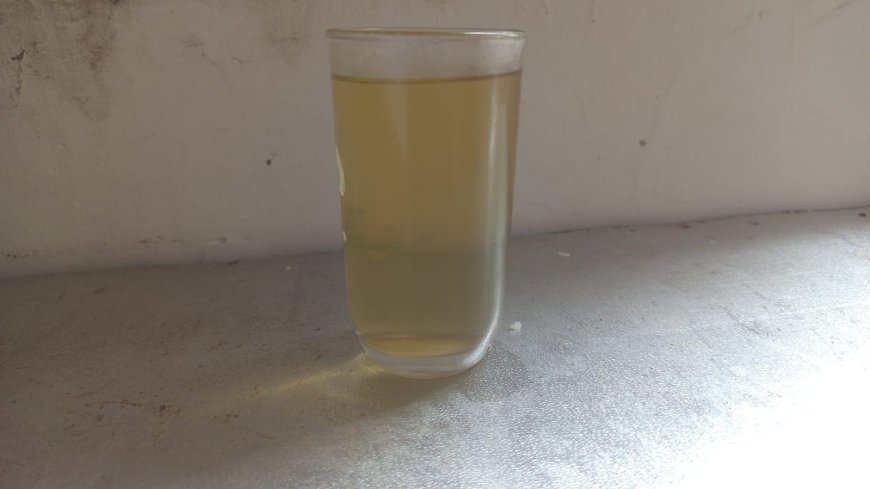
Serving Saga Leaf Tea (Source: Personal Collection)
Although saga leaves offer numerous benefits, their usage must be approached with caution. The saga leaves used for tea preparation must not contain seeds, as the seeds of this plant contain a toxic compound called abrin, which can be harmful if ingested or exposed in large amounts. Therefore, it is essential to ensure only the leaves are used, and the seeds must be avoided during any preparation process.
The use of saga leaves, as recorded in lontar Taru Pramana, exemplifies the rich knowledge of traditional Balinese medicine that has been passed down through generations. By utilizing local herbal resources, the community not only promotes health but also preserves traditions imbued with cultural values.

